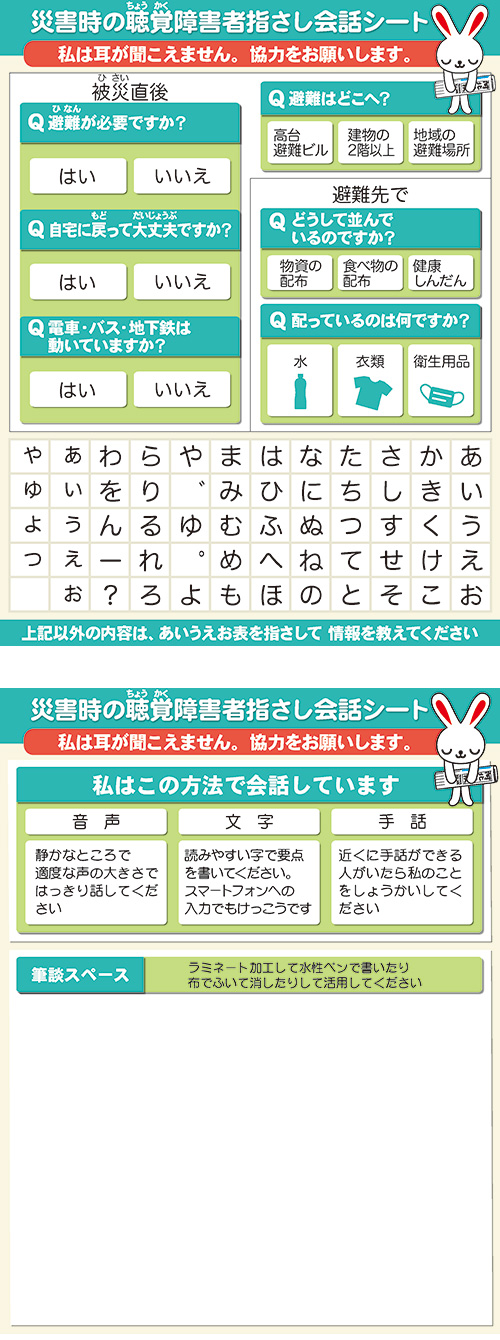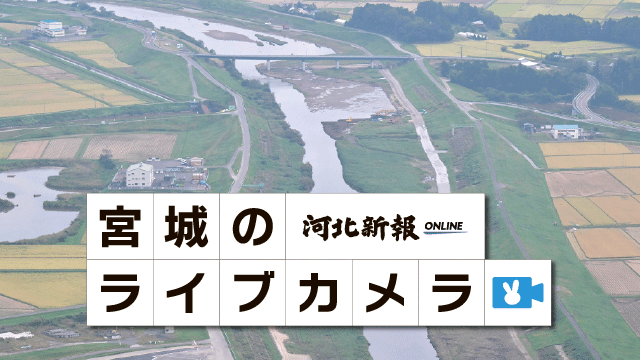Part 9: Preparations in the Workplace (1) Putting Out to Sea / A Wall of Water, Risking Lives to Tak




As the major tsunami from the Great East Japan Earthquake pressed closer, those who were working at businesses, factories, and shops were pressed to respond to the crisis at their respective workplaces. The fishermen got into their fishing vessels and headed out to sea. How do you protect the people who work along the coast and their customers? Based on testimonials about that day and initiatives taken in the aftermath, we search for clues that would reduce the damage. (“Preserve Lives and Communities” Investigation team)
◎A Dangerous Gamble for Ships
Immediately after the Great East Japan Earthquake hit, fishermen across the region boarded their fishing boats and set out to sea. “Okidashi,” the process of moving ships offshore to protect them from the tsunami. Their evacuation process involves risk of the life. At beaches along the coast, the search for ways to protect the fishermen and their families began.
On March 11, 2011, fisherman Mataichi Saito (76), who was at his home in Shichigahama Town, Miyagi Prefecture, went outside before the tremors had subsided.
He experienced the Great Chilean Earthquake Tsunami of 1960 in Kushiro Port, Hokkaido as a crewman on a trawler that fished the northern Pacific. The ship was pulled sideways in the current, and nearly capsized. He had not forgotten the dreadfulness of that experience. "I'm taking the ship out to sea!" he exclaimed, and hurried to Shobuda Fishing Port roughly 50 meters from his home.
Once he boarded his ship, the Kayashima-maru (a 4.9 ton vessel), he did not hesitate to cast off along with five other ships. He stopped his ship in an area of the sea facing the breakwaters of Sendai Port. The water depth in the area might be just above 20 meters. There is a danger of tsunamis becoming taller in shallow waters. "What kind of wave is coming?" He intended to ascertain that from the way the waves crashed up against the seawall.
Suddenly, he received a call from another ship at sea: "Kayashima-maru, a huge tsunami has come. Hurry up and get out to sea!" He expanded the range of his radar, and was astonished by the manifold bands he saw approaching from the sea.
"Get out of here! Go, go, go!" he shouted over the radio to his fellow fishermen, and headed further offshore at full speed. The tsunami pressed closer. A wall of water as high as a telephone pole stood towering before his eyes. He sailed into it head-on, and for a moment, both he and the prow were staring at the sky.
It is possible for the crew to fall headfirst off the prow, if the ship gains too much momentum when riding over the crest of a wave. "Lower the speed before we get on the wave! We can't be turnin' the ship!"
Alternating between full speed and deceleration, the ship crossed nine waves. The trembling in his hands did not stop for some time.
According to research by the Kahoku Shimpo, up to 1100 fishing vessels put out to sea immediately after the main shock in Iwate, Miyagi, and Fukushima Prefectures. There were at least 26 victims, including those who were swallowed by the tsunami. The death toll reached 20 even at the Sanriku Coast (the area stretching roughly from Samekado, Hachinohe City to Kinkasan, Ishinomaki City), which is relatively close to coastal waters of a depth under 50 meters, a standard used by the Fisheries Agency for evacuation areas.
The tide level changes dramatically before the arrival of a tsunami. At a certain fishing port in Ishinomaki, a fishing vessel that had attempted to put out to sea got caught on an aquafarm facility, and was capsized in the tsunami. Similarly, on a neighboring beach, a fishing vessel got its rope tangled with the propeller and was swallowed in the tsunami.
At Karakuwacho, Kesennuma City, the drawback had begun right after the main shock of the quake. When fisherman Tokuo Kajikawa (65) headed from home to Tadakoshi Fishing Port, he found that the fishing vessels that had been moored at the docks were swept from the wharf, as much as 30 meters out to sea.
No matter how much he tugged the rope, he was unable to pull his ship back in. He walked over his uncle's ship to board his own, and put out to sea. It was not long before he saw a village sink under the tsunami.
"I made it by a hair. Some ships in Karakuwa were swallowed in the tsunami. I was just lucky."
◎Experiments on putting out to sea / Deliberations over fishing vessel evacuation regulations
In March 2006, the Fisheries Agency established the "Guidelines for Construction of Disaster-Resilient Fishing Areas." Prioritizing the protection of fishermen’s lives, they placed a general prohibition against putting out to sea in boats that are moored in the harbor. When the Kahoku Shimpo inquired with the fishery cooperatives in Iwate, Miyagi, and Fukushima Prefectures, they noted that nearly all 26 who died putting out to sea during the Great East Japan Earthquake had taken moored boats, showing that the "general prohibition" had become a dead letter.
The fishermen spoke unanimously on the reason they would go so far as to risk their lives to set out to sea. "With fishing vessel insurance, which is renewed annually, the amount you get as compensation decreases year by year because of depreciation. So even if you lose everything, the insurance won't cover the full cost of replacement. Fishermen don't get unemployment benefits, so we would become unable to make a living." A five-ton vessel is more expensive than a house, ranging from 40 million to 50 million yen.
In late October, three ships headed out to sea from Sekine Fishing Port in Mutsu City, leaving white waves in their wake. After a tsunami is generated, how much time do you need to be able to move into safe waters? The fishermen themselves would confirm the answer in a demonstration experiment to investigate putting out to sea.
"There are people whose ships were more important to them than their houses, but their knowledge and information about tsunamis were next to nil," reveals Shigeharu Kuzuno, president of the Sekinehama fishery cooperative. At the time of the quake, many fishermen who had put out to sea relied on intuition and experience, and returned to port before the arrival of the largest wave or stayed in shallow waters.
The experiment is part of a rule-making initiative for fishing vessel evacuation, begun by Aomori Prefecture this year with the Sekinehama and Hashikami fishery cooperatives. Fishermen and specialists repeatedly held discussions at every beach, and the prefecture will make 120 tsunami evacuation maps for each area of the ocean.
Matching the reality of how the fishermen put out to sea after the earthquake, the experiment considers the case of 1) ships moored in the harbor, and 2) ships operating offshore. It will determine the feasibility of evacuation, according to different tsunami heights and anticipated arrival times.
The fishermen of each beach will decide the rules for themselves. "Putting out to sea is a dangerous course of action. Since we are entrusting the decision to the fishermen, we want them to gain scientific knowledge, not to rely on intuition and experience," says Tsutomu Sotoshiro, head of the Prefecture fishing ports and fishing grounds maintenance division.
There are instances in which efforts to reform the fishermen's disaster prevention awareness created unexpected ripple effects. In 2009, the Ochiishi fishery cooperative in Nemuro City, Hokkaido was first in the nation to compile fishing vessel evacuation rules. The rules included, "Do not put out to sea if the expected arrival time of the tsunami is less than 20 minutes." During the disaster, roughly 40 vessels set out offshore in basic accordance with the rule.
On that occasion, the fishermen's families evacuated to high ground and waited there until the safety of the fishermen was confirmed. Shohei Nakano, president of the Ochiishi fishery cooperative, explains, "With this regulation as the impetus, we ended up carrying out a thorough evacuation of families and neighborhood associations as well. A strong will to avoid having anyone die in a tsunami has spread across our beach.”
Professor Toshitaka Katada of Gunma University (Disaster Social Engineering), who serves as an advisor to Aomori Prefecture and the Ochiishi fishery cooperative, looks to the future. "I would like fishermen to become tsunami professionals through the process of rule-making. If these efforts continue for 10 years, knowledge will spread, and the disaster prevention awareness of entire fishing villages will be fostered."
Translated by Kenneth Gray
November 28, 2013 (Thurs.)
[Japanese] http://www.kahoku.co.jp/special/spe1114/20131128_01.html
みやぎ地域安全情報
宮城県警 みやぎセキュリティメールより
- 女性に対する不審者事案の発生【山元町】
- 特殊詐欺の予兆電話について(黒川郡大和町)
- 女性に対する盗撮事案の発生【青葉区】
- 女性に対するつきまとい事案の発生【大崎市】
- 特殊詐欺の予兆電話について(気仙沼市)
- オレオレ詐欺の特殊詐欺注意報(仙台市泉区)
- 刃物ようのものを持った男の目撃情報について(大崎市)
- オレオレ詐欺の特殊詐欺注意報(仙台市宮城野区)
- 特殊詐欺の予兆電話について(松島町)
- オレオレ詐欺の特殊詐欺注意報(仙台市太白区)
- オレオレ詐欺の特殊詐欺注意報(石巻市)
- 特殊詐欺の予兆電話について(蔵王町)
- 不審電話について(黒川郡大衡村)
- オレオレ詐欺の特殊詐欺注意報(登米市)
- オレオレ詐欺の特殊詐欺注意報(石巻市)
- 特殊詐欺の予兆電話について(仙台市泉区)
- 特殊詐欺の予兆電話について(加美郡加美町)
- オレオレ詐欺の特殊詐欺注意報(仙台市宮城野区)
- 特殊詐欺の予兆電話について(大崎市)
- オレオレ詐欺の特殊詐欺注意報(亘理郡亘理町)
- 女性に対するつきまとい事案の発生【大和町】
- 特殊詐欺の予兆電話について(仙台市泉区)
 朝刊・夕刊
朝刊・夕刊 記事を探す
記事を探す FAQ
FAQ







